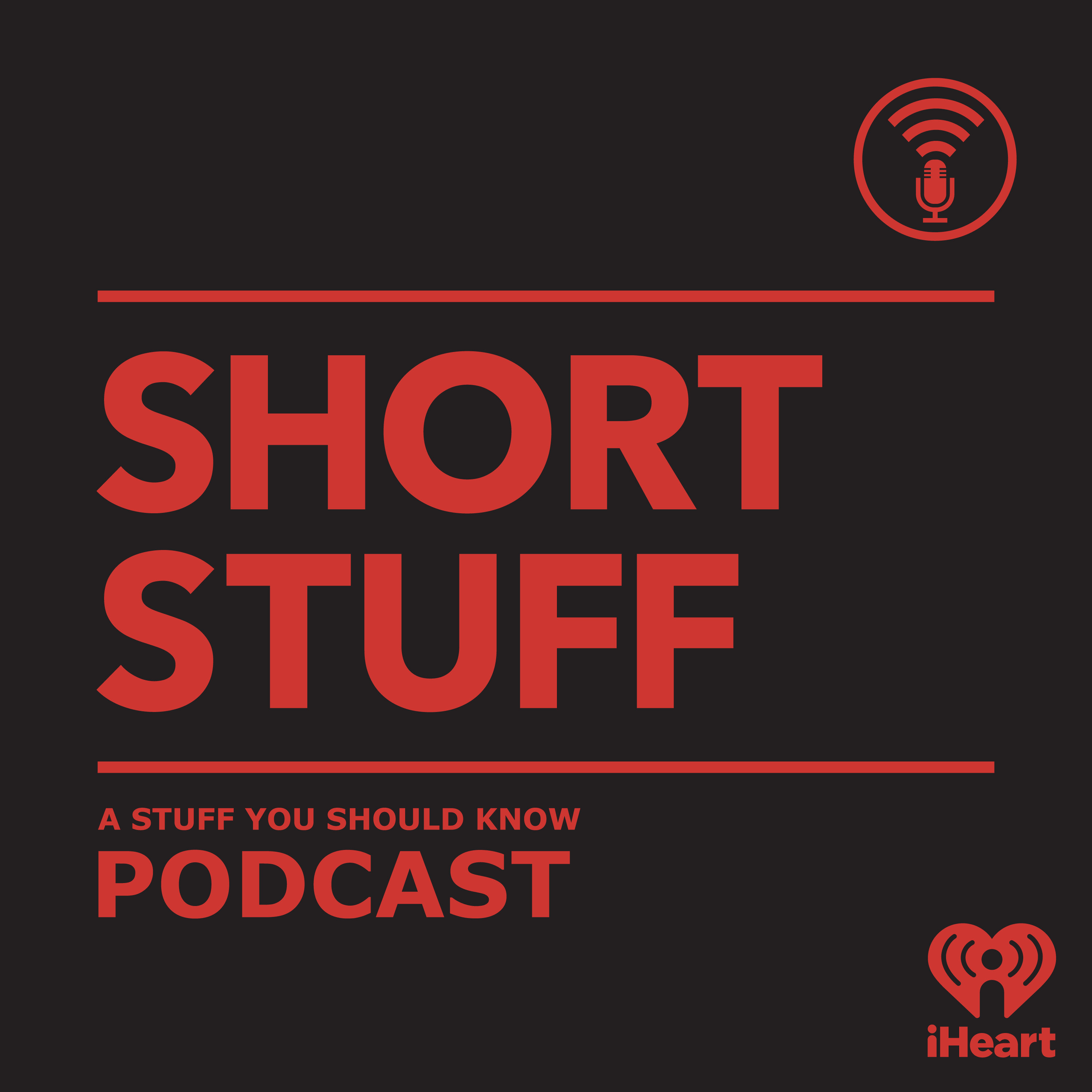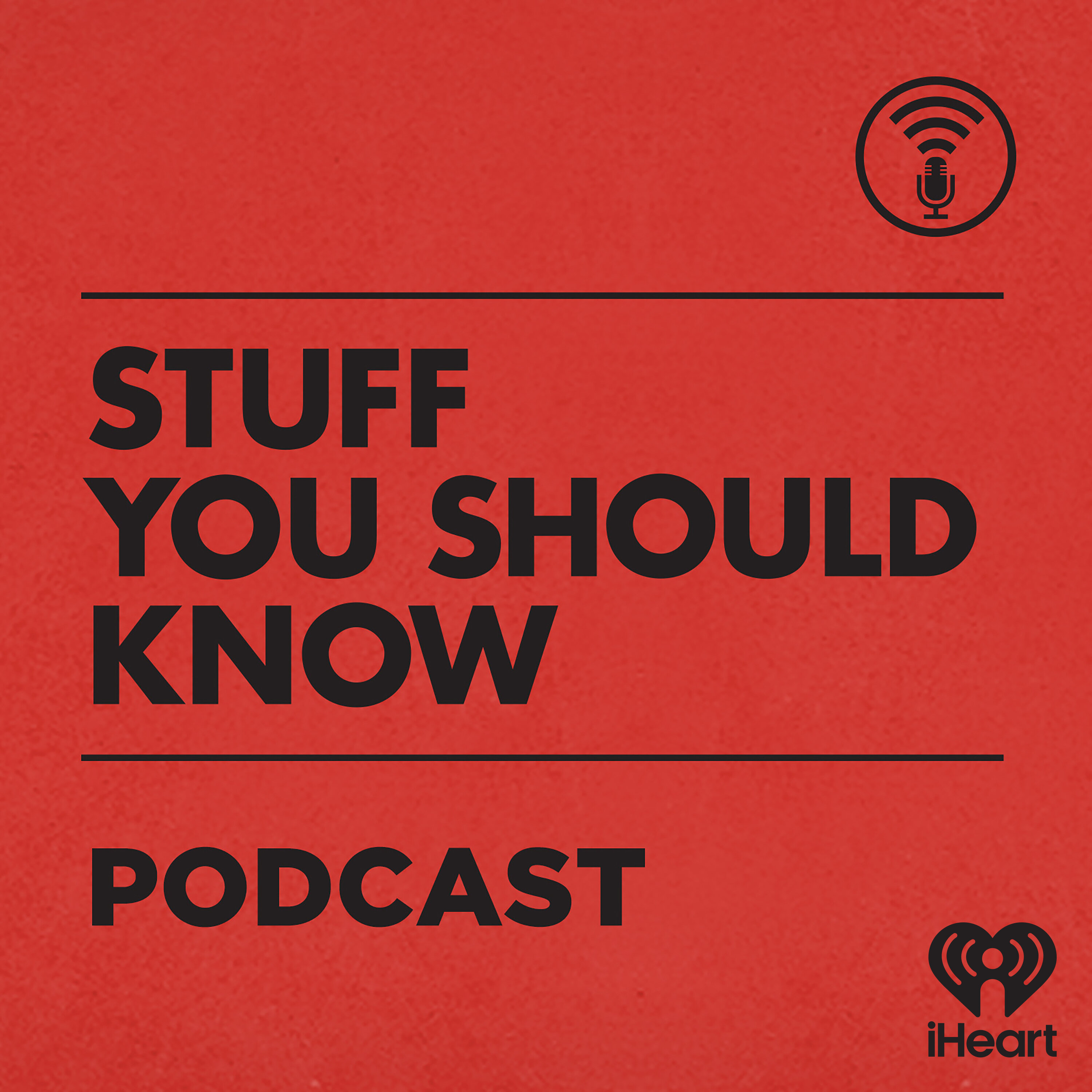
Short Stuff: Watch Night

Stuff You Should Know
Deep Dive
What is Watch Night and why is it significant in the African-American Methodist community?
Watch Night is a tradition observed on New Year’s Eve by African-American Methodists, originating on December 31, 1862, to mark the impending Emancipation Proclamation. It symbolizes freedom, community, faith, and perseverance, as enslaved people gathered to await the stroke of midnight when the proclamation would take effect.
How did Watch Night evolve from its Methodist origins to its current significance?
Watch Night began as a Methodist tradition in 1740, inspired by the Moravians, and was initially a monthly covenant renewal service. It gained profound significance in 1862 when enslaved African-Americans used it to await the Emancipation Proclamation, blending its original religious purpose with the celebration of freedom.
What role did the Emancipation Proclamation play in shaping Watch Night?
The Emancipation Proclamation, effective January 1, 1863, transformed Watch Night into a celebration of freedom. Enslaved people gathered on December 31, 1862, to await the proclamation’s enactment, making it a pivotal moment in African-American history and a symbol of liberation.
What are some traditional foods associated with Watch Night celebrations?
Traditional Watch Night meals often include Southern cuisine such as hop and john, potato salad, and cornbread, reflecting the cultural heritage of the African-American community.
How did the original Watch Night services differ from those held after 1862?
Originally, Watch Night was a Methodist covenant renewal service held monthly on full moons, focusing on self-reflection and spiritual renewal. After 1862, it became intertwined with the celebration of freedom due to the Emancipation Proclamation, adding a layer of historical and cultural significance.
Why did the Emancipation Proclamation not immediately free all enslaved people?
While the Emancipation Proclamation legally freed enslaved people in Confederate states as of January 1, 1863, the Confederacy did not comply with federal laws. The ongoing Civil War delayed the practical enforcement of freedom for many enslaved individuals.
How do modern Watch Night services vary among congregations?
Modern Watch Night services vary by congregation, with some emphasizing the Emancipation Proclamation’s significance and others focusing on its religious roots. Services may end early or continue until midnight, depending on the church’s traditions and preferences.
- Watch Night services typically begin around 7 p.m. or 10 p.m. and end after midnight.
- The first Watch Night was held on December 31st, 1862, in anticipation of the Emancipation Proclamation.
- The tradition includes prayer, singing, and community celebration.
Shownotes Transcript
Watch Night has been observed on New Year’s Eve by African-American Methodists in the US since 1862, to mark the passage of the Emancipation Act. But this religious holiday goes back even farther in history, with even more layers of meaning.
See omnystudio.com/listener) for privacy information.